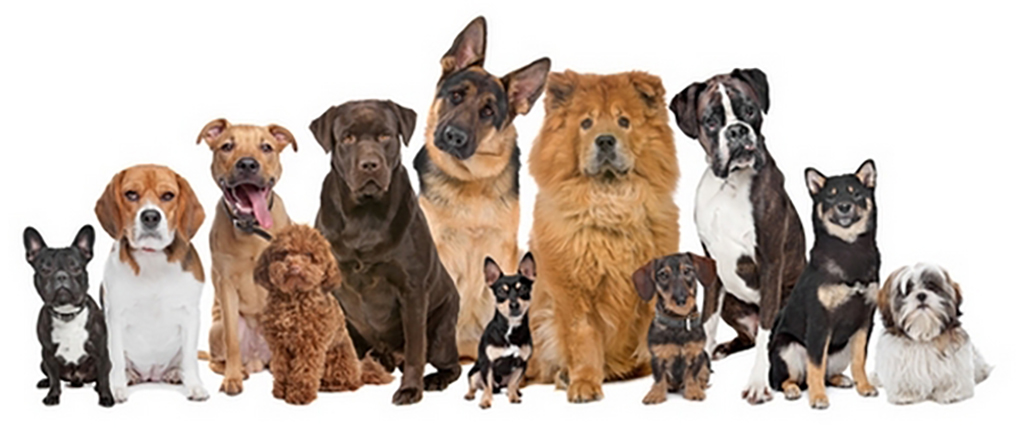
Crate Training

Crates are indispensable to dogs and their human families. When used properly, the crate helps your puppy learn his bathroom manners much faster than would otherwise be the case. The crate also gives you a place to put him when you can't watch him and gives him a place of his own to retreat to when he needs to nap or otherwise have a little alone time.
What Is Crate Training?
Crate training is the process of gently introducing your puppy to the crate before you start using it for other training. If you're lucky, his breeder may have already completed or at least started this process - but it's more likely that you'll have to take on the job. The process need not take long, but when you're done your puppy will know that his crate is his very own safe, special place.
Crate Styles
The crate itself should be just big enough for your puppy to stand up and turn around. If the enclosure is too big, he may use a far corner of it as his potty place. Wire crates, can be purchased with an adjustable insert that reduces interior crate space. Later you can remove the insert and allow the full-grown dog use of the entire crate. To increase the feeling of a den, some owners put a blanket or towel on top of a wire crate and drape it down one or both sides.
Small plastic crates, are easy to carry from room to room and have solid sides that make a puppy feel like he is in a safe den.
Never use soft-sided crates for crate training-puppies like to chew fabric and may be able to gnaw their way out.
How to Crate Train
Life with a dog is easier if your puppy likes his crate. This may seem counterintuitive to first-time crate users, but it can happen. In fact, will most probably happen with just a little help from you:
Start with a clean crate in the middle of a room that your puppy uses.
Put a new toy in the crate and leave the door open.
Let your puppy sniff around, enter the crate, and come out with the new toy.
Play with your puppy and his toy. Then show him a treat and toss it in the crate, still leaving the door open.
After your puppy has retrieved the treat, shut the door for a few seconds. Open the door and repeat a few times until he remains comfortably in the crate for about five minutes.
Don't stay where your puppy can see you, and don't let him out if he cries-wait until he's been quiet for at least a few seconds before opening the door.
Play with your puppy near his crate, and leave the door open. He should be able to go in and out when he wants to. Soon he will see it as his bed, a safe and comfortable place to go when things become overwhelming. You can help this happen by never using the crate as a place of punishment.
Crate Schedule
Crate training only works if you devise a schedule and stick to it. A young puppy can only be left in the crate for a few hours in the daytime. If you wait too long and he has an accident in the crate, it sets back the whole idea of training.
Every time you open the crate door to let your puppy out, carry him to his potty place immediately. And before you put him back in his crate, take him to his potty place again and then throw a small treat in the enclosure to entice him to re-enter.
Excerpts adapted from:
DogLife Dachshund by Susan McCullough, 2011 by TFH Publications, Inc.,
DogLife Yorkshire Terrier by Sheila O'Brien Schimpf, 2011 by TFH Publications, Inc.
Sources
[1] "Nylabone"
[2] "Positively"
[3] "Pet Place"
[4] "Pet Education"
[5] "Green Acres"
[6] "The Kennel Club"
Our Mobile Application
Check out Our Mobile Application "Dog Breeds Central"
